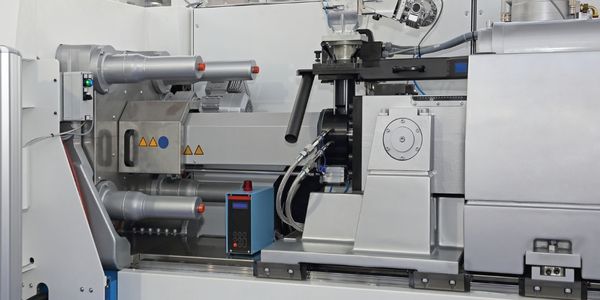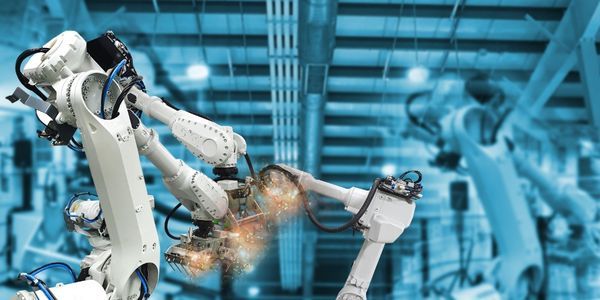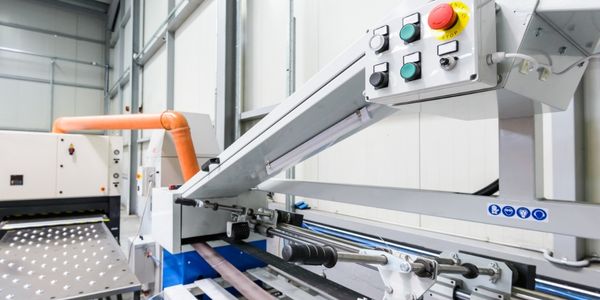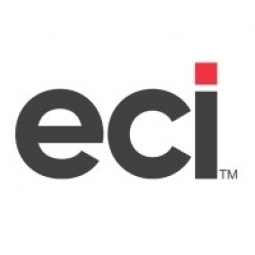公司规模
SME
地区
- America
国家
- United States
产品
- Shoptech E2 Software
技术栈
- Data Management
- Quality Control
实施规模
- Enterprise-wide Deployment
影响指标
- Productivity Improvements
- Customer Satisfaction
技术
- 平台即服务 (PaaS) - 数据管理平台
适用功能
- 离散制造
用例
- 自动化制造系统
服务
- 软件设计与工程服务
关于客户
1989 年,Paul Guidotti 在自家地下室开办了自己的小批量复杂零件加工车间。27 年后,这家一人家庭企业已发展成为 East Branch Engineering,这是一家位于康涅狄格州的车间,拥有 14 名员工。East Branch 仍然专注于小批量复杂作业,但如今该车间为各行各业的客户提供服务,包括医疗保健、消费者,甚至高压电源。
挑战
2006 年,East Branch Engineering 迅速发展。这家工厂的客户、工作和行政任务都比以前多。多年来,East Branch 一直使用软件平台来管理调度、估算和其他重要功能。然而,随着业务量的增加,工厂发现软件的局限性太大,难以应付。数据无法在模块之间传输,因此需要进行大量数据输入和浪费时间的行政工作。他们很快就决定需要一个新的解决方案。
解决方案
他们的搜索很快将他们引向了 Shoptech 和 E2。据 Chris 说,很明显 E2 就是 East Branch 正在寻找的软件。他说:“E2 中的自动化功能非常方便。您只需输入一次数据,它便可立即在任何地方使用。我可以生成报价,然后我们将该信息存储在系统中,以便安排工作、订购材料以及我们需要做的任何其他事情。”如今,East Branch 几乎在车间的所有功能中都使用 E2。他们将其用于估算、调度、材料管理、质量控制等。Chris 说,他们唯一不使用 E2 的功能是客户关系管理。
运营影响

Case Study missing?
Start adding your own!
Register with your work email and create a new case study profile for your business.
相关案例.

Case Study
Plastic Spoons Case study: Injection Moulding
In order to meet customer expectations by supplying a wide variety of packaging units, from 36 to 1000 spoons per package, a new production and packaging line needed to be built. DeSter wanted to achieve higher production capacity, lower cycle time and a high degree of operator friendliness with this new production line.

Case Study
Robot Saves Money and Time for US Custom Molding Company
Injection Technology (Itech) is a custom molder for a variety of clients that require precision plastic parts for such products as electric meter covers, dental appliance cases and spools. With 95 employees operating 23 molding machines in a 30,000 square foot plant, Itech wanted to reduce man hours and increase efficiency.

Case Study
Fully Automated Visual Inspection System
Tofflon has developed a fully automatic machine that uses light to inspect vials, medicine bottles, or infusion containers for glass fragments, aluminum particles, rubber grains, hairs, fibers, or other contaminants. It also detects damaged containers with cracks or inclusions (microscopic imperfections), automatically removing faulty or contaminated products. In order to cover all production processes for freeze-dried pharmaceuticals, Tofflon needed to create an open, consistent, and module-based automation concept.

Case Study
SAP Leonardo Enabling Rocket Science
At times, ULA has as many as 15 different operating systems dedicated to overlapping processes, such as rocket design, testing, and launch. Multiple systems created unnecessary costs and unwanted confusion among workers at offices, factories, and launch sites in different location. In order to improve collaboration and transparency during vital activities that directly influence mission success, ULA wanted to improve data sharing and streamline manufacturing processes.

Case Study
IIC Smart Manufacturing Connectivity for Brown-field Sensors
The discrete manufacturing domain is characterized by a strictly hierarchical structure of the automation systems, commonly referred to as the automation pyramid. Data acquired by a sensor typically flows through an IO-module into a Programmable Logic Controller (PLC) which manages the local real-time control system. As all process data are concentrated in the PLC, re-programming the PLC and thus, implementing interfaces to access these data appear to be the natural choice to transfer them to the IT system. However, for brownfield installations this choice has proven impracticable for the following two reasons:In brownfield facilities, PLC usually operate within a once-specified environment and are rarely re-programmed. That is why the active staff is often not familiar with the code and lacks of the competence to modify the existing implementation in a reasonable amount of time.Furthermore, for cost reasons, any PLC was selected to exactly match the requirements of the environment within which it was intended to operate. That is why it cannot be assumed that a PLC will be able to support additional tasks such as communicating data through additional interfaces.

Case Study
Smart Factory Solutions for Tobacco Industries: Bridging the Manufacturing Generation Gap and Improving Operational Efficiency
The tobacco industry, represented in this case by British American Tobacco (BAT), is facing a decline in cigarette volumes worldwide. This decline has led to an increased emphasis on efficient supply chains and optimized production processes. The industry is also grappling with the need for agile production facilities and the integration of Industry 4.0 to accommodate diverse production requirements. BAT, in particular, was seeking a factory solution to automate their product control processes, from the transportation of tobacco and cigarette paper to the placement on cigarette machines and the packing conveyor. The company also needed to support the continuous use of legacy equipment, such as relay-controlled cigarette machines dating back to the 90s and AMK servo drive systems, to sustain production levels at speeds of 8000 to 16000 pieces per minute. Furthermore, changing regulatory guidelines necessitated flexibility in labeling requirements.







